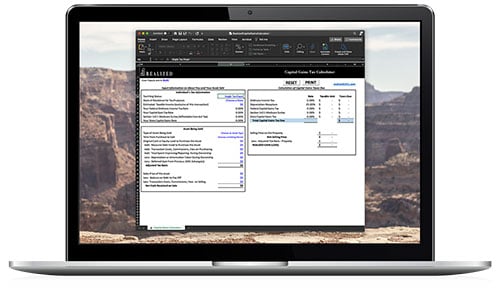What Happens If Your Triple Net Lease Tenant Goes Bankrupt?

The success of a triple net (NNN) lease investment largely depends on the tenant, as their stability ensures consistent cash flow to the landlord. What happens, then, if the tenant files for bankruptcy? How will they be able to pay the three net operating expenses? Would the contract dissolve as well?
Mitigating Vacancy Risk in Triple Net Lease Properties

Investors now recognize the many benefits of triple net (NNN) lease investments, such as passive income and long-term stability. However, just like any other investment, there are risks to consider with an NNN lease. One that has a significant impact is vacancy risk, which disrupts cash flow and lowers the investment's value.
Red Flags When Evaluating a Triple Net Lease Property

The opportunities and advantages offered by triple net (NNN) lease properties tend to attract even the most conservative investors. However, some things can be too good to be true. NNN leases are no exception. While there’s appeal from passive income and hands-off involvement, you should still watch out for triple net lease red flags that could threaten your long-term success.
Due Diligence Checklist for Triple Net Lease Investments

You’re finally ready to commit to an NNN lease investment. The promise of stable income, passive investment, and other benefits has led you to find a broker and the best deals. Now that you have a list of prospective properties or tenants, what’s the next step?
Triple Net Lease Opportunities in Convenience Stores and Gas Stations

Investing in triple net (NNN) leases offers various opportunities, from stable income to hands-off involvement. However, as you’d expect, the performance and stability of an NNN lease is dependent on several factors, such as the asset class.
How Credit Ratings of Tenants Impact Triple Net Lease Investments

Two major aspects matter in NNN lease investments: the property type and the tenant who occupies the asset. The latter is critical because a quality tenant helps ensure stability and predictable income.
How Divorce Settlements Can Trigger Capital Gains Tax

Navigating a divorce settlement can be a formidable task, not just emotionally, but financially, too. For those holding investment properties, navigating this decision-making maze can lead to unexpected tax implications, particularly concerning capital gains taxes.
Medical and Healthcare Properties: Unique Aspects of NNN Lease Investments

Investing in triple net (NNN) properties offers plenty of benefits, such as stable income and hands-off involvement. Beyond the obvious advantages of this lease structure, however, you can also enjoy benefits from the specific type of NNN property you acquire.
Capital Gains on Mixed-Use Properties

Owning mixed-use properties is an appealing investment strategy for many real estate investors, offering both the potential for rental income and capital appreciation. These properties, which might feature a combination of residential units and commercial spaces, provide an interesting blend of opportunities and challenges, particularly when it comes to handling capital gains tax.
The Role of State Taxes in Capital Gains Obligations

When investment property owners consider selling their holdings, one of the crucial aspects they must evaluate is the obligation of capital gains taxes. While federal capital gains taxes often take the spotlight, state taxes can significantly impact the overall tax burden. Understanding these state obligations is critical for informed investment decisions and effective tax planning.


